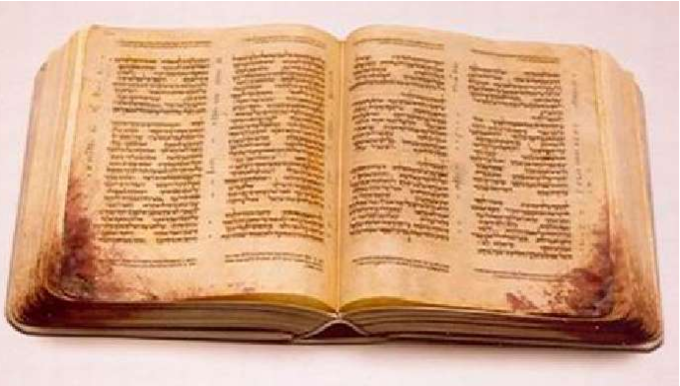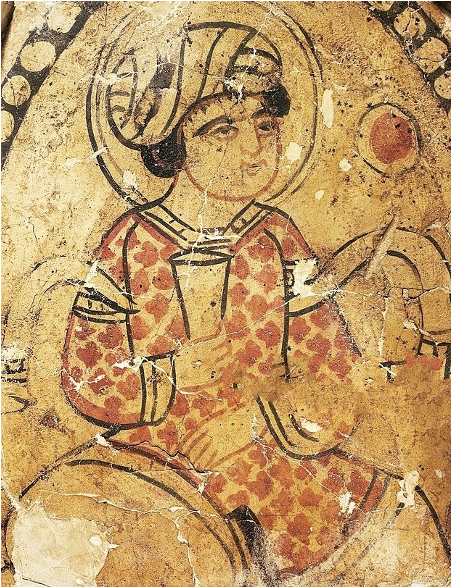800 - 1100 CE
Muslim Abbassid Rule from Baghdad (750-973)
Muslim Fatimid Rule from Cairo (973-1099)
Tower of David Museum, Photo by Ardon Bar-Hama
Jewish Pilgrim Amitai ben Shefatya, 873 CE
Amitai ben Shefatya was a Jewish Pilgrim from Italy, who after visiting Jerusalem, wrote of Jewish yearnings for the city:
I shall pray to God and remind him
Having seen every city standing on its foundations
While the City of God lay humble unto the nether depths.
Rothenberg, Beno. The Story of Jerusalem, 1967.
Israelites and Christians in Jerusalem, 985 CE
Arab astronomer, Shams ad Din Abu Abd Allah Mohammed, who is known as Mukaddasi – ‘He who comes from the Holy Land’ wrote of Israelites and Christians of Jerusalem:
“Still, Jerusalem has some disadvantages… learned men are few, and the Christians numerous... Everywhere the Christians and the Jews have the upper hand; and the mosque is void of either congregation or assembly of learned men.”
Teddy Kollek and Moshe Pearlman, Pilgrims to the Holy Land: The story of Pilgrimage Through the Ages
Library of the Jewish Theological Seminary, New York
Photograph by Ardon Bar Hama
created with
WordPress Website Builder .



